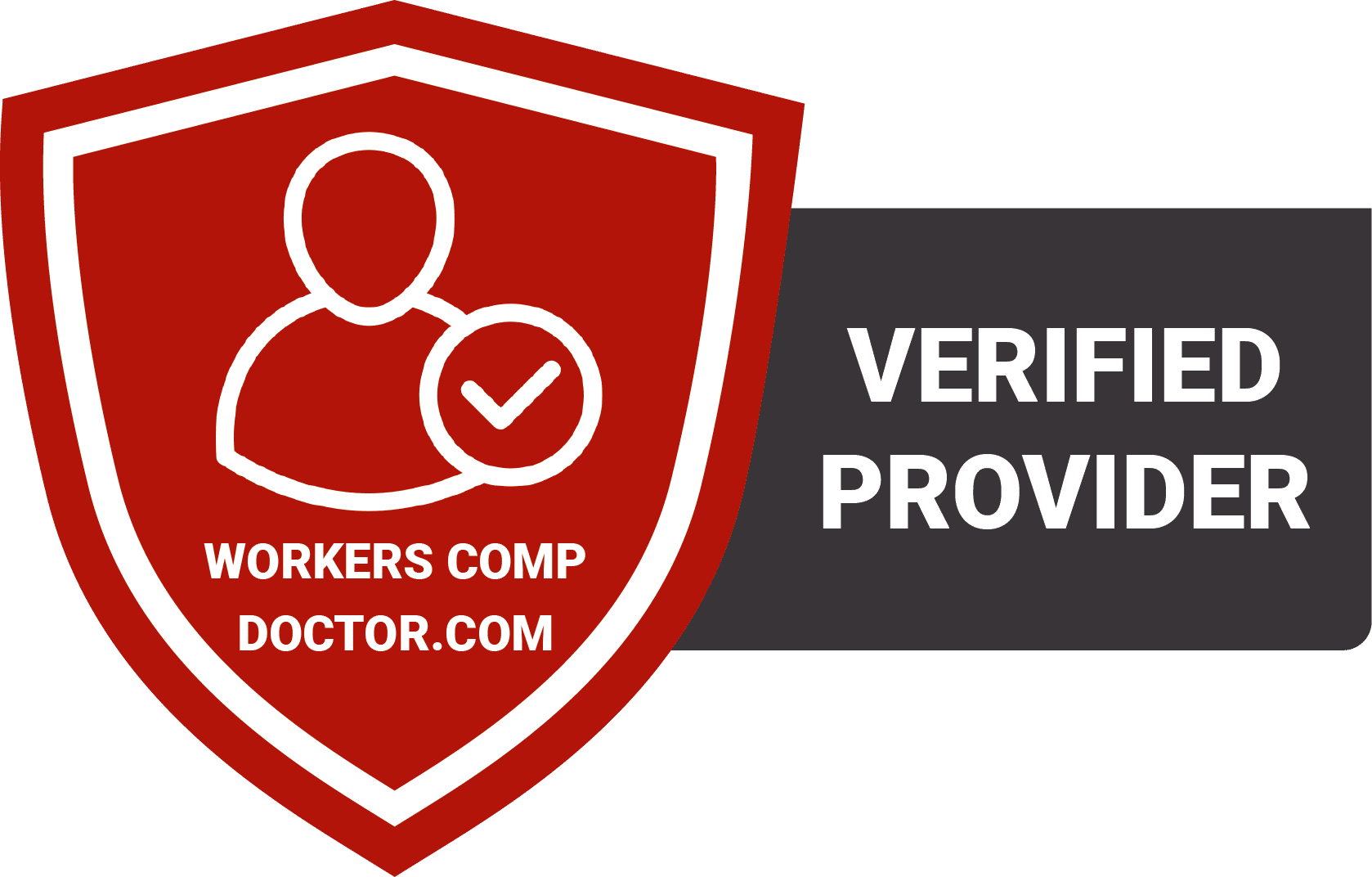“Why do I have pain in my neck and back?”
or
“Why do I have pain in my arms or legs that seems to be related to movement in my neck or back?”
People from Oceanside and Valley Stream and many other towns all over the US have the same question. A gardener in Lynbrook tells his wife, “It hurts when I turn my head.” A retired engineer who bowls regularly in Rockville Centre has pain when he releases the ball. And their friends in Long Beach and Jamaica and Island Park say, “Hey, I get a pain like that too!”
It is estimated that by age 65, 95% of the population has some amount of degenerative disc disease. A 2014 report from Medscape states that “as many as 80% of adults in the United States experience at least one episode of low back pain during their lifetime.” And it occurs in patients of all ages.
A very common answer your friends might tell you to “Why do I have pain in my neck and back?” is that you could have a slipped disc.
Patients who come to our offices in Oceanside and Valley Stream are finding relief from slipped disc pain through quality physical therapy and chiropractic care.
But what is a slipped disc? – Chiropractor in Valley Stream
The discs of the spine are protective pads between the bones of the spine (vertebrae) and are also called intervertebral discs. They provide shock absorption and protect the vertebrae so they can do their job of supporting the spine and body. Although they do not actually slip, a disc can move or break. If the cartilage of the disc fails, this is called herniation and the inner gel portion of the disc is no longer contained and can no longer provide the protection needed. The leaking substance, often compared to “jelly in a doughnut,” can place pressure on the spinal cord and nearby nerves, causing pain, numbness, or weakness around the damaged disc or anywhere along the area supplied by the nerves originating near that disc.
What causes a slipped disc?
A slipped disc occurs when the outer ring becomes weak or torn and allows the inner portion to slip out. This can happen with age. Certain motions may also cause a slipped disc. A disc can slip out of place while you are twisting or turning to lift an object. Lifting a very heavy object can place great strain on the lower back, resulting in a slipped disc. If you have a very physically demanding job that requires a lot of lifting, you may be at increased risk for slipped discs. Car accidents can be a causative factor for slipped discs when the trauma of impact damages the disc. Overweight individuals are at increased risk for a slipped disc because their discs must support additional weight. Sedentary lifestyle and weak musculature may also contribute to the development of a slipped disc.
What are the symptoms of a slipped disc?
Symptoms can include pain and numbness, most commonly on one side of the body, pain that extends to your arms and/or legs, pain that worsens at night, pain that worsens after standing or sitting, pain when walking short distances, unexplained muscle weakness, and tingling, aching, or burning sensations.
At Comprehensive Healthcare Group offices in Oceanside and Valley Stream, we can assist you in finding relief through our caring specialists.
How do you diagnose for a slipped disc?
Imaging studies may be ordered by your doctor to determine the cause of your pain and to confirm if it’s caused by a disc problem. X-rays and CT scans really only identify bony abnormalities. So, more specialized tests include MRI (magnetic resonance imaging) or myelogram (which involves injecting a contrast dye into the spinal column before imaging), which are used to diagnose a deformed disc and to see how specific nerves are affected. Your doctor may obtain these tests after a course of treatment fails to provide you relief over a period of 4 to 6 weeks.
How do you treat a slipped disc?
Your doctor may prescribe rest or limited activity for several days followed by a gradual increase in activity over the next few weeks. Strict bed rest is generally not advised because people with back pain have been shown to recover more quickly with normal activity as long as lifting, bending, and straining are limited.
Trained specialists at CHG can guide your physical therapy, chiropractic care, exercise and massage to get you back to normal functioning efficiently, safely and expeditiously.
Most patients can relieve slipped disc pain using an exercise program that stretches and strengthens the back and surrounding muscles. The physical therapists at CHG can recommend exercises that strengthen your back while reducing your pain. Taking over-the-counter pain relievers and avoiding heavy lifting and painful positions can also help. Trying to remain as active as possible through stretching or low-impact activities such as walking is often recommended.
Chiropractor in Valley Stream
The vast majority of disc problems improve without any surgical intervention. Most people are able to return to normal function (with emphasis on protecting the spine from recurrent or new injury) within a short time. To prevent reinjuring of a slipped disc, long-term maintenance exercise regimens are recommended and will be outlined for you before you are discharged from care. In addition, use safe lifting techniques. Bend and lift from your knees, not your waist. Maintain a healthy weight. Don’t sit in one position for long periods of time; get up and stretch periodically. Do exercises to strengthen the muscles in your back, legs, and abdomen.
Most people with slipped discs respond well to conservative treatment. The professionals at CHG in Oceanside and Valley Stream want to help you reach your best possible health outcome! If you’re looking for a chiropractor in Valley Stream, contact us today!
You’re in Good Health!






